The global hydrogen generation market is expected to grow from USD 118.94 billion in 2019 to USD 193.90 billion by 2027, at a CAGR of 6.3% during the forecast period 2020-2027.
Hydrogen is the most efficient and versatile zero-emission carrier of the energy found on the planet. It is far more the most abundant substance in the universe. It is also the cleanest source of energy. The hydrogen generation process is environmentally compatible as it only uses water as the raw material. Hydrogen can also be extracted as a by-product. Hydrogen being the renewable element can be expertly manufactured into electricity. Hydrogen can be stored in the liquid form, gaseous form and metal hydrides. Hydrogen possesses a large number of properties such as high efficiency, lightweight and easy transportation, low boiling point, etc. These properties make it ideal for variety of industrial uses. The primary factor for the growth of the market is the growing need for cleaner fuels.
This study delivers a comprehensive analysis of technology, generation and delivery mode, application and regions. The technology segment includes steam methane reforming, coal gasification, electrolysis, fossil fuels, water, partial oil oxidation, alkaline, polymer electrolyte membrane, dissociation of hydrocarbons, high temperature and others. The steam methane reforming is the dominant segment. It is the process through which hydrogen and other gases like carbon monoxide and carbon dioxide are produced. It is technically advance the procedure for hydrogen generation. It uses natural gas for production. The process is performed by many large scale industries. The generation and delivery mode segment includes captive production, merchant production, liquid production, by-product production and gaseous production. The merchant production accounts for major market share. The production includes natural gas process and water electrolysis. The method is more preferred as it reduced the construction of infrastructure and the need for transportation of fuel. The applications segment includes ammonia production, petroleum refinery and recovery, methanol production, power generation, transportation, chemical processing, automotive fuels and others. Among these, methanol production application holds the largest market share as of the base year. Methanol is an essential chemical product as it forms a building block for the extraction of more complex compounds. It helps to reduce CO2 emissions.
The market has been divided into North America, Europe, Asia-Pacific, Middle East & Africa, and South America. Asia-Pacific holds the largest market share. The growing refinery production for coping up with the increased demand in many countries like India, Japan, China, etc. is the major reason for the market growth.
Some of the notable players of the hydrogen generation market are FuelCell Energy, Ballard Power Systems, Plug Power, Messer Group, Linde, Taiyo Nippon Sanso, Air Liquide, Proton OnSite, Praxair, Hydrogenics, Air Products and Chemicals, HyGear, Iwatani, Showa Denko, Teledyne Energy Systems, Ally Hi-Tech, Xebec, Nuvera Fuel Cells, Erredue, Claind, Caloric and others.
This study forecasts revenue growth at global, regional, and country levels from 2020 to 2027. Fior Markets has segmented the market based on below-mentioned segments:
Global Hydrogen Generation Market Analysis And Forecast, By Technology
Global Hydrogen Generation Market Analysis And Forecast, By Generation and Delivery Mode
Global Hydrogen Generation Market Analysis And Forecast, By Applications
Global Hydrogen Generation Market Analysis And Forecast, By Region
Report Description:
1. Introduction
1.1. Objectives of the Study
1.2. Market Definition
1.3. Research Scope
1.4. Currency
1.5. Key Target Audience
2. Research Methodology and Assumptions
3. Executive Summary
4. Premium Insights
4.1. Porter’s Five Forces Analysis
4.2. Value Chain Analysis
4.3. Top Investment Pockets
4.3.1. Market Attractiveness Analysis By Technology
4.3.2. Market Attractiveness Analysis By Generation and Delivery Mode
4.3.3. Market Attractiveness Analysis By Application
4.3.4. Market Attractiveness Analysis By Region
4.4. Industry Trends
5. Market Dynamics
5.1. Market Evaluation
5.2. Drivers
5.2.1. Reduces the emissions of greenhouse gases
5.2.2. Easy availability
5.3. Restraints
5.3.1. Separation techniques are costlier
5.4. Opportunities
5.4.1. Increasing demand from petroleum refineries
5.4.2. Emergence of green hydrogen
5.5. Challenges
5.5.1. Stringent standards describing the usage
6. Global Hydrogen Generation Market Analysis and Forecast, By Technology
6.1. Segment Overview
6.2. Steam Methane Reforming
6.3. Coal Gasification
6.4. Electrolysis
6.5. Fossil Fuels
6.6. Water
6.7. Partial Oil Oxidation
6.8. Alkaline
6.9. Polymer Electrolyte Membrane
6.10. Dissociation of Hydrocarbons
6.11. High Temperature
6.12. Others
7. Global Hydrogen Generation Market Analysis and Forecast, By Generation and Delivery Mode
7.1. Segment Overview
7.2. Captive Production
7.3. Merchant Production
7.4. Liquid Production
7.5. By-Product Production
7.6. Gaseous Production
8. Global Hydrogen Generation Market Analysis and Forecast, By Application
8.1. Segment Overview
8.2. Ammonia Production
8.3. Petroleum Refinery and Recovery
8.4. Methanol Production
8.5. Power Generation
8.6. Transportation
8.7. Chemical Processing
8.8. Automotive Fuels
8.9. Others
9. Global Hydrogen Generation Market Analysis and Forecast, By Regional Analysis
9.1. Segment Overview
9.2. North America
9.2.1. U.S.
9.2.2. Canada
9.2.3. Mexico
9.3. Europe
9.3.1. Germany
9.3.2. France
9.3.3. U.K.
9.3.4. Italy
9.3.5. Spain
9.4. Asia-Pacific
9.4.1. Japan
9.4.2. China
9.4.3. India
9.5. South America
9.5.1. Brazil
9.6. Middle East and Africa
9.6.1. UAE
9.6.2. South Africa
10. Global Hydrogen Generation Market-Competitive Landscape
10.1. Overview
10.2. Market Share of Key Players in Global Hydrogen Generation Market
10.2.1. Global Company Market Share
10.2.2. North America Company Market Share
10.2.3. Europe Company Market Share
10.2.4. APAC Company Market Share
10.3. Competitive Situations and Trends
10.3.1. Product Launches and Developments
10.3.2. Partnerships, Collaborations and Agreements
10.3.3. Mergers & Acquisitions
10.3.4. Expansions
11. Company Profiles
11.1. FuelCell Energy
11.1.1. Business Overview
11.1.2. Company Snapshot
11.1.3. Company Market Share Analysis
11.1.4. Company Product Portfolio
11.1.5. Recent Developments
11.1.6. SWOT Analysis
11.2. Ballard Power Systems
11.2.1. Business Overview
11.2.2. Company Snapshot
11.2.3. Company Market Share Analysis
11.2.4. Company Product Portfolio
11.2.5. Recent Developments
11.2.6. SWOT Analysis
11.3. Plug Power
11.3.1. Business Overview
11.3.2. Company Snapshot
11.3.3. Company Market Share Analysis
11.3.4. Company Product Portfolio
11.3.5. Recent Developments
11.3.6. SWOT Analysis
11.4. Messer Group
11.4.1. Business Overview
11.4.2. Company Snapshot
11.4.3. Company Market Share Analysis
11.4.4. Company Product Portfolio
11.4.5. Recent Developments
11.4.6. SWOT Analysis
11.5. Linde
11.5.1. Business Overview
11.5.2. Company Snapshot
11.5.3. Company Market Share Analysis
11.5.4. Company Product Portfolio
11.5.5. Recent Developments
11.5.6. SWOT Analysis
11.6. Taiyo Nippon Sanso
11.6.1. Business Overview
11.6.2. Company Snapshot
11.6.3. Company Market Share Analysis
11.6.4. Company Product Portfolio
11.6.5. Recent Developments
11.6.6. SWOT Analysis
11.7. Air Liquide
11.7.1. Business Overview
11.7.2. Company Snapshot
11.7.3. Company Market Share Analysis
11.7.4. Company Product Portfolio
11.7.5. Recent Developments
11.7.6. SWOT Analysis
11.8. Proton OnSite
11.8.1. Business Overview
11.8.2. Company Snapshot
11.8.3. Company Market Share Analysis
11.8.4. Company Product Portfolio
11.8.5. Recent Developments
11.8.6. SWOT Analysis
11.9. Praxair
11.9.1. Business Overview
11.9.2. Company Snapshot
11.9.3. Company Market Share Analysis
11.9.4. Company Product Portfolio
11.9.5. Recent Developments
11.9.6. SWOT Analysis
11.10. Hydrogenics
11.10.1. Business Overview
11.10.2. Company Snapshot
11.10.3. Company Market Share Analysis
11.10.4. Company Product Portfolio
11.10.5. Recent Developments
11.10.6. SWOT Analysis
11.11. Air Products and Chemicals
11.11.1. Business Overview
11.11.2. Company Snapshot
11.11.3. Company Market Share Analysis
11.11.4. Company Product Portfolio
11.11.5. Recent Developments
11.11.6. SWOT Analysis
11.12. Iwatani
11.12.1. Business Overview
11.12.2. Company Snapshot
11.12.3. Company Market Share Analysis
11.12.4. Company Product Portfolio
11.12.5. Recent Developments
11.12.6. SWOT Analysis
11.13. Showa Denko
11.13.1. Business Overview
11.13.2. Company Snapshot
11.13.3. Company Market Share Analysis
11.13.4. Company Product Portfolio
11.13.5. Recent Developments
11.13.6. SWOT Analysis
11.14. Teledyne Energy Systems
11.14.1. Business Overview
11.14.2. Company Snapshot
11.14.3. Company Market Share Analysis
11.14.4. Company Product Portfolio
11.14.5. Recent Developments
11.14.6. SWOT Analysis
11.15. Ally Hi-Tech
11.15.1. Business Overview
11.15.2. Company Snapshot
11.15.3. Company Market Share Analysis
11.15.4. Company Product Portfolio
11.15.5. Recent Developments
11.15.6. SWOT Analysis
List of Table
1. Global Hydrogen Generation Market, By Technology, 2019-2027 (USD Billion) (Units)
2. Global Steam Methane Reforming, Hydrogen Generation Market, By Region, 2019-2027 (USD Billion) (Units)
3. Global Coal Gasification, Hydrogen Generation Market, By Region, 2019-2027 (USD Billion) (Units)
4. Global Electrolysis, Hydrogen Generation Market, By Region, 2019-2027 (USD Billion) (Units)
5. Global Fossil Fuels, Hydrogen Generation Market, By Region, 2019-2027 (USD Billion) (Units)
6. Global Water, Hydrogen Generation Market, By Region, 2019-2027 (USD Billion) (Units)
7. Global Partial Oil Oxidation, Hydrogen Generation Market, By Region, 2019-2027 (USD Billion) (Units)
8. Global Alkaline, Hydrogen Generation Market, By Region, 2019-2027 (USD Billion) (Units)
9. Global Polymer Electrolyte Membrane, Hydrogen Generation Market, By Region, 2019-2027 (USD Billion) (Units)
10. Global Dissociation of Hydrocarbons, Hydrogen Generation Market, By Region, 2019-2027 (USD Billion) (Units)
11. Global High Temperature, Hydrogen Generation Market, By Region, 2019-2027 (USD Billion) (Units)
12. Global Others, Hydrogen Generation Market, By Region, 2019-2027 (USD Billion) (Units)
13. Global Hydrogen Generation Market, By Generation and Delivery Mode, 2019-2027 (USD Billion) (Units)
14. Global Captive Production, Hydrogen Generation Market, By Region, 2019-2027 (USD Billion) (Units)
15. Global Merchant Production, Hydrogen Generation Market, By Region, 2019-2027 (USD Billion) (Units)
16. Global Liquid Production, Hydrogen Generation Market, By Region, 2019-2027 (USD Billion) (Units)
17. Global By-Product Production, Hydrogen Generation Market, By Region, 2019-2027 (USD Billion) (Units)
18. Global Gaseous Production, Hydrogen Generation Market, By Region, 2019-2027 (USD Billion) (Units)
19. Global Hydrogen Generation Market, By Application, 2019-2027 (USD Billion) (Units)
20. Global Ammonia Production, Hydrogen Generation Market, By Region, 2019-2027 (USD Billion) (Units)
21. Global Petroleum Refinery and Recovery, Hydrogen Generation Market, By Region, 2019-2027 (USD Billion) (Units)
22. Global Methanol Production, Hydrogen Generation Market, By Region, 2019-2027 (USD Billion) (Units)
23. Global Power Generation, Hydrogen Generation Market, By Region, 2019-2027 (USD Billion) (Units)
24. Global Transportation, Hydrogen Generation Market, By Region, 2019-2027 (USD Billion) (Units)
25. Global Chemical Processing, Hydrogen Generation Market, By Region, 2019-2027 (USD Billion) (Units)
26. Global Automotive Fuels, Hydrogen Generation Market, By Region, 2019-2027 (USD Billion) (Units)
27. Global Others, Hydrogen Generation Market, By Region, 2019-2027 (USD Billion) (Units)
28. North America Hydrogen Generation Market, By Technology, 2019-2027 (USD Billion) (Units)
29. North America Hydrogen Generation Market, By Generation and Delivery Mode, 2019-2027 (USD Billion) (Units)
30. North America Hydrogen Generation Market, By Application, 2019-2027 (USD Billion) (Units)
31. U.S. Hydrogen Generation Market, By Technology, 2019-2027 (USD Billion) (Units)
32. U.S. Hydrogen Generation Market, By Generation and Delivery Mode, 2019-2027 (USD Billion) (Units)
33. U.S. Hydrogen Generation Market, By Application, 2019-2027 (USD Billion) (Units)
34. Canada Hydrogen Generation Market, By Technology, 2019-2027 (USD Billion) (Units)
35. Canada Hydrogen Generation Market, By Generation and Delivery Mode, 2019-2027 (USD Billion) (Units)
36. Canada Hydrogen Generation Market, By Application, 2019-2027 (USD Billion) (Units)
37. Mexico Hydrogen Generation Market, By Technology, 2019-2027 (USD Billion) (Units)
38. Mexico Hydrogen Generation Market, By Generation and Delivery Mode, 2019-2027 (USD Billion) (Units)
39. Mexico Hydrogen Generation Market, By Application, 2019-2027 (USD Billion) (Units)
40. Europe Hydrogen Generation Market, By Technology, 2019-2027 (USD Billion) (Units)
41. Europe Hydrogen Generation Market, By Generation and Delivery Mode, 2019-2027 (USD Billion) (Units)
42. Europe Hydrogen Generation Market, By Application, 2019-2027 (USD Billion) (Units)
43. Germany Hydrogen Generation Market, By Technology, 2019-2027 (USD Billion) (Units)
44. Germany Hydrogen Generation Market, By Generation and Delivery Mode, 2019-2027 (USD Billion) (Units)
45. Germany Hydrogen Generation Market, By Application, 2019-2027 (USD Billion) (Units)
46. France Hydrogen Generation Market, By Technology, 2019-2027 (USD Billion) (Units)
47. France Hydrogen Generation Market, By Generation and Delivery Mode, 2019-2027 (USD Billion) (Units)
48. France Hydrogen Generation Market, By Application, 2019-2027 (USD Billion) (Units)
49. U.K. Hydrogen Generation Market, By Technology, 2019-2027 (USD Billion) (Units)
50. U.K. Hydrogen Generation Market, By Generation and Delivery Mode, 2019-2027 (USD Billion) (Units)
51. U.K. Hydrogen Generation Market, By Application, 2019-2027 (USD Billion) (Units)
52. Italy Hydrogen Generation Market, By Technology, 2019-2027 (USD Billion) (Units)
53. Italy Hydrogen Generation Market, By Generation and Delivery Mode, 2019-2027 (USD Billion) (Units)
54. Italy Hydrogen Generation Market, By Application, 2019-2027 (USD Billion) (Units)
55. Spain Hydrogen Generation Market, By Technology, 2019-2027 (USD Billion) (Units)
56. Spain Hydrogen Generation Market, By Generation and Delivery Mode, 2019-2027 (USD Billion) (Units)
57. Spain Hydrogen Generation Market, By Application, 2019-2027 (USD Billion) (Units)
58. Asia Pacific Hydrogen Generation Market, By Technology, 2019-2027 (USD Billion) (Units)
59. Asia Pacific Hydrogen Generation Market, By Generation and Delivery Mode, 2019-2027 (USD Billion) (Units)
60. Asia Pacific Hydrogen Generation Market, By Application, 2019-2027 (USD Billion) (Units)
61. Japan Hydrogen Generation Market, By Technology, 2019-2027 (USD Billion) (Units)
62. Japan Hydrogen Generation Market, By Generation and Delivery Mode, 2019-2027 (USD Billion) (Units)
63. Japan Hydrogen Generation Market, By Application, 2019-2027 (USD Billion) (Units)
64. China Hydrogen Generation Market, By Technology, 2019-2027 (USD Billion) (Units)
65. China Hydrogen Generation Market, By Generation and Delivery Mode, 2019-2027 (USD Billion) (Units)
66. China Hydrogen Generation Market, By Application, 2019-2027 (USD Billion) (Units)
67. India Hydrogen Generation Market, By Technology, 2019-2027 (USD Billion) (Units)
68. India Hydrogen Generation Market, By Generation and Delivery Mode, 2019-2027 (USD Billion) (Units)
69. India Hydrogen Generation Market, By Application, 2019-2027 (USD Billion) (Units)
70. South America Hydrogen Generation Market, By Technology, 2019-2027 (USD Billion) (Units)
71. South America Hydrogen Generation Market, By Generation and Delivery Mode, 2019-2027 (USD Billion) (Units)
72. South America Hydrogen Generation Market, By Application, 2019-2027 (USD Billion) (Units)
73. Brazil Hydrogen Generation Market, By Technology, 2019-2027 (USD Billion) (Units)
74. Brazil Hydrogen Generation Market, By Generation and Delivery Mode, 2019-2027 (USD Billion) (Units)
75. Brazil Hydrogen Generation Market, By Application, 2019-2027 (USD Billion) (Units)
76. Middle East and Africa Hydrogen Generation Market, By Technology, 2019-2027 (USD Billion) (Units)
77. Middle East and Africa Hydrogen Generation Market, By Generation and Delivery Mode, 2019-2027 (USD Billion) (Units)
78. Middle East and Africa Hydrogen Generation Market, By Application, 2019-2027 (USD Billion) (Units)
79. UAE Hydrogen Generation Market, By Technology, 2019-2027 (USD Billion) (Units)
80. UAE Hydrogen Generation Market, By Generation and Delivery Mode, 2019-2027 (USD Billion) (Units)
81. UAE Hydrogen Generation Market, By Application, 2019-2027 (USD Billion) (Units)
82. South Africa Hydrogen Generation Market, By Technology, 2019-2027 (USD Billion) (Units)
83. South Africa Hydrogen Generation Market, By Generation and Delivery Mode, 2019-2027 (USD Billion) (Units)
84. South Africa Hydrogen Generation Market, By Application, 2019-2027 (USD Billion) (Units)
List of Figures
1. Global Hydrogen Generation Market Segmentation
2. Global Hydrogen Generation Market: Research Methodology
3. Market Size Estimation Methodology: Bottom-Up Approach
4. Market Size Estimation Methodology: Top-Down Approach
5. Data Triangulation
6. Porter’s Five Forces Analysis
7. Value Chain Analysis
8. Global Hydrogen Generation Market Attractiveness Analysis By Technology
9. Global Hydrogen Generation Market Attractiveness Analysis By Generation and Delivery Mode
10. Global Hydrogen Generation Market Attractiveness Analysis By Application
11. Global Hydrogen Generation Market Attractiveness Analysis By Region
12. Global Hydrogen Generation Market: Dynamics
13. Global Hydrogen Generation Market Share By Technology (2020 & 2027)
14. Global Hydrogen Generation Market Share by Generation and Delivery Mode (2020 & 2027)
15. Global Hydrogen Generation Market Share by Application (2020 & 2027)
16. Global Hydrogen Generation Market Share by Regions (2020 & 2027)
17. Global Hydrogen Generation Market Share by Company (2019)
Market research is a method of gathering, assessing and deducing data & information about a particular market. Market research is very crucial in these days. The techniques analyze about how a product/service can be offered to the market to its end-customers, observe the impact of that product/service based on the past customer experiences, and cater their needs and demands. Owing to the successful business ventures, accurate, relevant and thorough information is the base for all the organizations because market research report/study offers specific market related data & information about the industry growth prospects, perspective of the existing customers, and the overall market scenario prevailed in past, ongoing present and developing future. It allows the stakeholders and investors to determine the probability of a business before committing substantial resources to the venture. Market research helps in solving the marketing issues challenges that a business will most likely face.
Market research is valuable because of the following reasons:
Our research report features both the aspects; qualitative and quantitative. Qualitative part provides insights about the market driving forces, potential opportunities, customer’s demands and requirement which in turn help the companies to come up with new strategies in order to survive in the long run competition. The quantitative segment offers the most credible information related to the industry. Based on the data gathering, we use to derive the market size and estimate their future growth prospects on the basis of global, region and country.
Our market research process involves with the four specific stages.
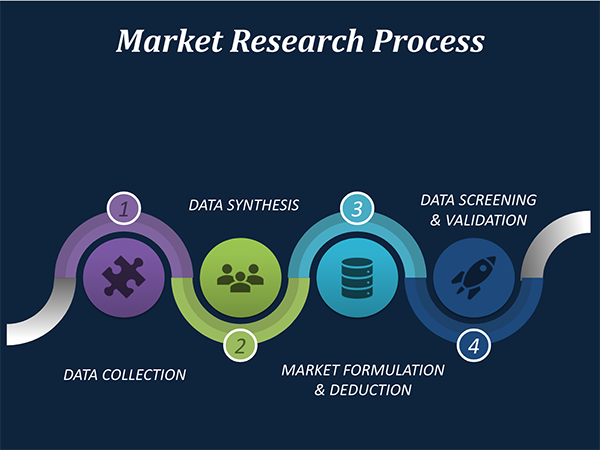
Data Collection: This stage of the market research process involves with the gathering and collecting of the market/industry related data from the sources. There are basically two types of research methods:
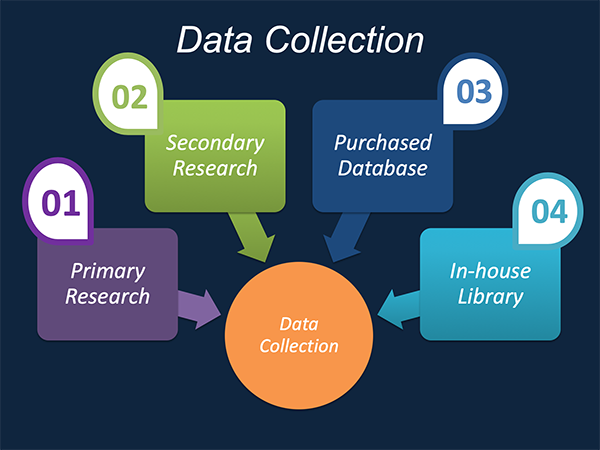
Data Synthesis: This stage includes the evaluation and assessment of all the data acquired from the primary and secondary research. It likewise includes in evaluating the information for any disparity watched while information gathering identified with the market. The data & information is gathered with consideration to the heterogeneity of sources. Scientific and statistical methods are implemented for synthesizing dissimilar information sets and provide the relevant data which is fundamental for formulating strategies. Our organization has broad involvement with information amalgamation where the information goes through different stages:
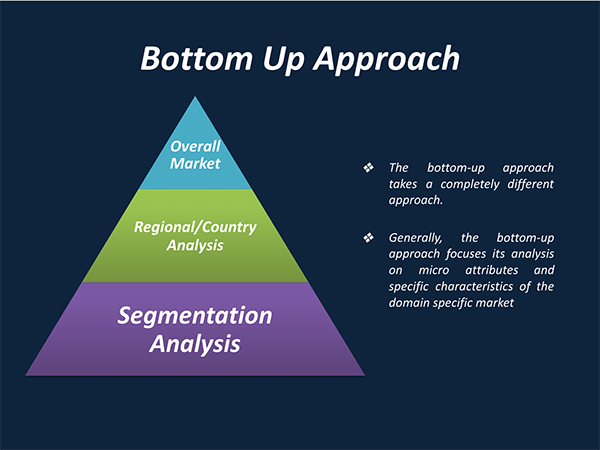
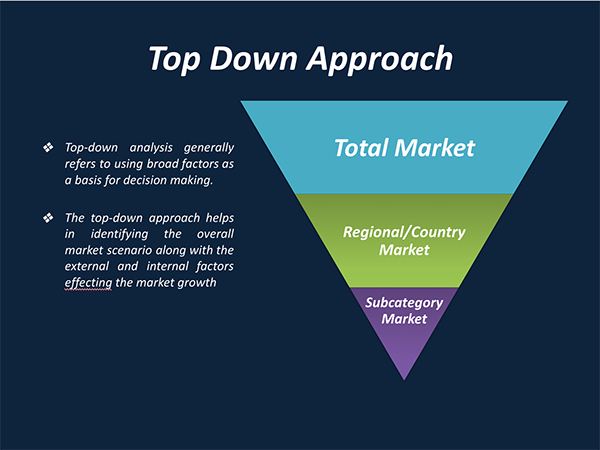
Market Formulation & Deduction: The last stage includes assigning the data & information in a suitable way in order to derive market size. Analyst reviews and domain based opinions based on holistic approach of market estimation combined with industry investigation additionally features a crucial role in this stage.
This stage includes with the finalization of the market size and numbers that we have gathered from primary and secondary research. With the data & information addition, we ensure that there is no gap in the market information. Market trend analysis is finished by our analysts by utilizing data extrapolation procedures, which give the most ideal figures to the market.
Data Validation: Validation is the most crucial step in the process. Validation & re-validation through scientifically designed technique and process that helps us finalize data-points to be used for final calculations. This stage also involves with the data triangulation process. Data triangulation generally implicates the cross validation and matching the data which has been collected from primary and secondary research methods.
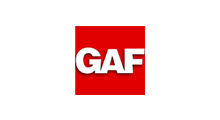

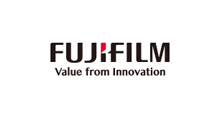
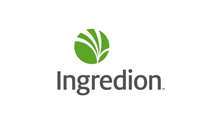

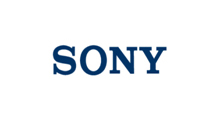
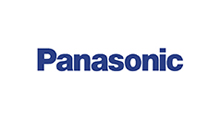
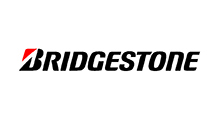
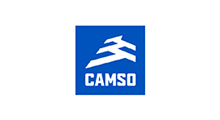
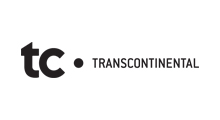
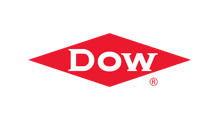
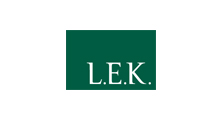

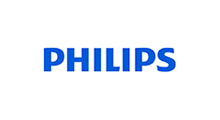
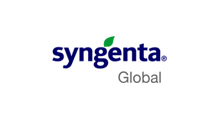
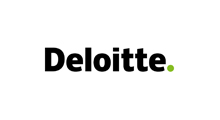

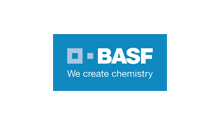
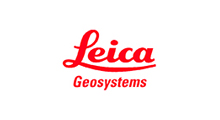
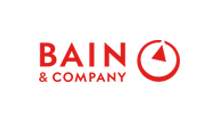
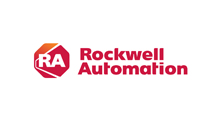
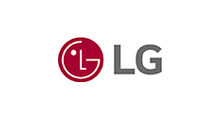
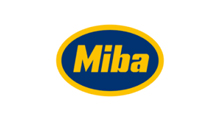
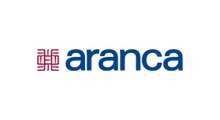
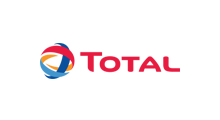
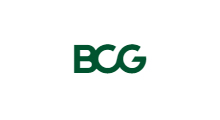
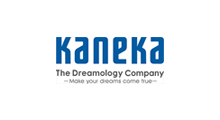
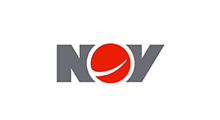
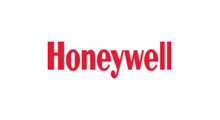
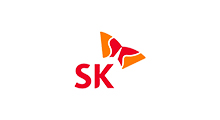
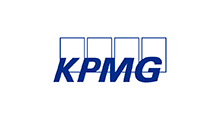
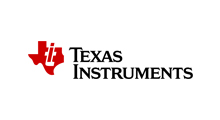
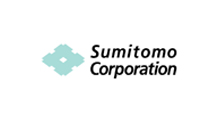
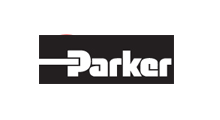
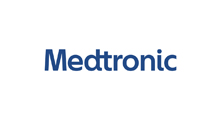
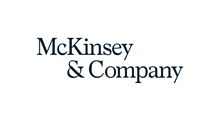


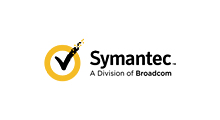
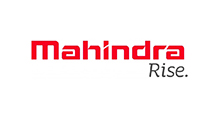
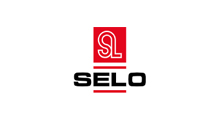
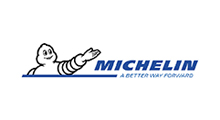

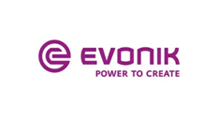

Free Customization
Countries can be added on demand
Free yearly update on purchase of Multi/Corporate User License
Companies served till date

We serve our customers 24x7 for 365 days through calls, emails and live chat options.
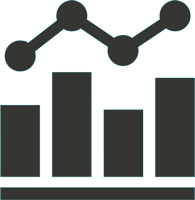
Huge database of exceptional market reports bringing market intelligence to your fingertips.

SSL enabled, we offer you various secured payment options for risk free purchase.